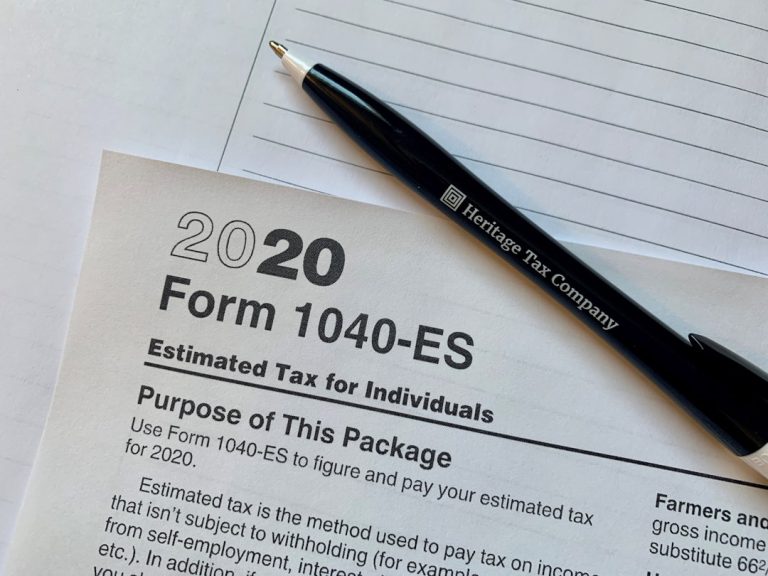SEO Meta Description: Explore how Medicaid’s subscription-based pharmaceutical pricing models impact access to Hepatitis C medications, highlighting significant changes in usage and affordability.
Introduction
Access to life-saving medications is a critical component of public health. For individuals battling Hepatitis C virus (HCV), timely and affordable treatment can mean the difference between a manageable condition and severe health complications. Medicaid, a vital program providing healthcare to low-income populations in the United States, has been grappling with the high costs of direct-acting antiviral (DAA) medications required to cure HCV. In response, some states have adopted subscription-based pharmaceutical pricing (SBPM) models to enhance medication accessibility while managing expenditures.
Understanding Subscription-Based Pharmaceutical Pricing
What is Subscription-Based Pharmaceutical Pricing?
Subscription-based pharmaceutical pricing is an innovative payment model where healthcare payers, such as Medicaid, negotiate agreements with pharmaceutical manufacturers to pay a fixed fee for unlimited access to a particular medication over a specified period. This approach diverges from traditional fee-for-service models, where payments are made per prescription filled.
How Does It Work?
Under SBPMs, a state Medicaid program enters into a contract with a drug manufacturer, agreeing to pay a predetermined amount for a set duration. In exchange, the manufacturer provides their medication at a reduced or zero incremental cost once the spending cap is reached. This model aims to balance affordability with broad access, removing financial barriers that previously limited patient access to essential treatments.
Medicaid Subscription-Based Payment Models
Implementation of SBPMs in Medicaid
Several states have piloted SBPMs to address the escalating costs of high-priced medications like DAAs for HCV. By shifting to a subscription model, these states aim to increase the availability of medications to Medicaid enrollees without exceeding budget constraints. The SBPM typically involves two key components:
- Initial Reduced Price: The state pays a lower price per prescription, ensuring affordability.
- Spending Cap: Once the state’s spending reaches a predefined threshold, additional prescriptions are provided at a minimal or no cost.
Advantages of SBPMs
- Cost Control: Predictable budgeting helps states manage healthcare expenditures more effectively.
- Enhanced Access: Removing per-prescription costs encourages greater utilization of necessary medications.
- Simplified Administration: Streamlined payment processes reduce administrative burdens associated with traditional billing methods.
Case Study: Louisiana’s SBPM Implementation
The Approach
In July 2019, Louisiana implemented an SBPM for HCV medications by partnering with Gilead Sciences Inc. subsidiary Asegua Therapeutics. The agreement focused on providing the authorized generic version of Epclusa. Louisiana’s SBPM featured a two-part pricing strategy:
- Supplemental Rebates: The state paid a reduced price for prescriptions up to a certain spending threshold.
- Near-Zero Cost: Beyond the threshold, additional prescriptions were available at minimal cost through further rebates.
Results
The implementation of SBPM in Louisiana led to a 534.5% increase in HCV prescription fills among Medicaid enrollees within the first year. This dramatic rise indicates that the subscription model significantly enhanced access to HCV medications, allowing more individuals to receive timely treatment. Additionally, Louisiana simultaneously removed previous restrictions on liver damage and sobriety requirements, further facilitating medication access.
Case Study: Washington’s SBPM Implementation
The Approach
Washington state adopted an SBPM in July 2019, contracting with AbbVie Inc. for access to Mavyret over a five-year period. Similar to Louisiana, Washington employed a two-part pricing model with initial reduced pricing and subsequent near-zero costs after reaching the spending cap. The state focused on expanding screening and treatment, particularly targeting populations with substance use disorders.
Results
Unlike Louisiana, Washington did not observe a significant change in HCV prescription fills post-SBPM implementation. The increase in prescription fills was only 16.2%, which fell within the margin of error and was not statistically significant. Several factors contributed to this outcome:
- Preexisting Access: Washington had already removed liver damage and sobriety restrictions before implementing the SBPM.
- COVID-19 Pandemic: The onset of the pandemic disrupted planned screening and treatment initiatives, hindering the SBPM’s effectiveness.
Factors Influencing the Impact of SBPMs
State-Level Implementation Differences
The contrasting outcomes in Louisiana and Washington highlight the importance of state-level implementation strategies. Louisiana’s decision to remove access restrictions in conjunction with SBPM adoption created a more conducive environment for increased medication utilization. In contrast, Washington’s preexisting access provisions meant that the SBPM had a less pronounced effect.
Historical Access Restrictions
States with historical restrictions on HCV medication access, like Louisiana, stand to benefit more significantly from SBPMs. By alleviating previous barriers, SBPMs can unleash pent-up demand for medications, leading to substantial increases in prescription fills.
External Factors: The COVID-19 Pandemic
Unforeseen events, such as the COVID-19 pandemic, can severely impact the success of SBPMs. In Washington, pandemic-related disruptions stalled vital screening and treatment programs, limiting the SBPM’s potential to enhance medication access.
Broader Implications for Healthcare and Pharmaceuticals
Potential for Expanding SBPMs
The success of SBPMs in states like Louisiana suggests that this model could be extended to other high-cost medications and therapeutic areas. By fostering affordability and access, SBPMs align with the broader goals of improving population health while maintaining fiscal responsibility.
Influence on Pharmaceutical Pricing Strategies
Pharmaceutical companies may increasingly adopt SBPMs as a standard pricing strategy to secure large-scale contracts with payers. This shift could lead to more transparent and predictable pricing structures in the pharmaceutical industry.
Enhancing Public Health Outcomes
By making essential medications more accessible, SBPMs can contribute to better public health outcomes. Increased treatment rates for conditions like Hepatitis C can reduce disease prevalence and prevent severe health complications, ultimately lowering long-term healthcare costs.
Conclusion
Subscription-based pharmaceutical pricing models offer a promising solution to the dual challenge of providing broad access to expensive medications while controlling healthcare expenditures. The starkly different outcomes in Louisiana and Washington underscore the significance of state-specific factors in determining the success of SBPMs. As more states consider adopting this model, careful attention to implementation strategies and external influences will be crucial in ensuring that the intended benefits of increased medication access are fully realized.
Embracing innovative payment models like SBPMs can pave the way for a more sustainable and equitable healthcare system, where life-saving treatments are accessible to all who need them.
Ready to explore innovative investment opportunities? Visit Oriel IPO today and connect with UK startups and investors to drive your financial growth!



